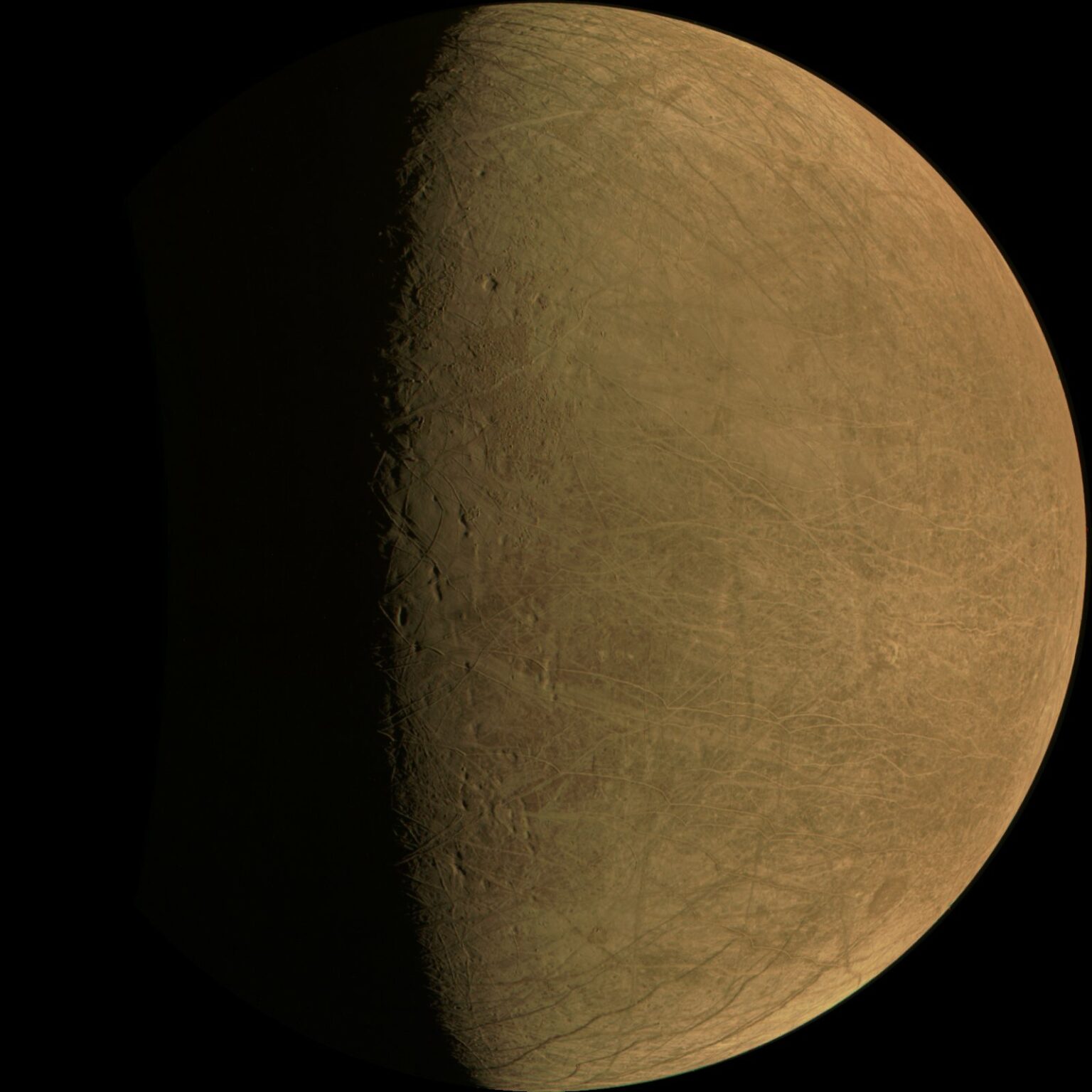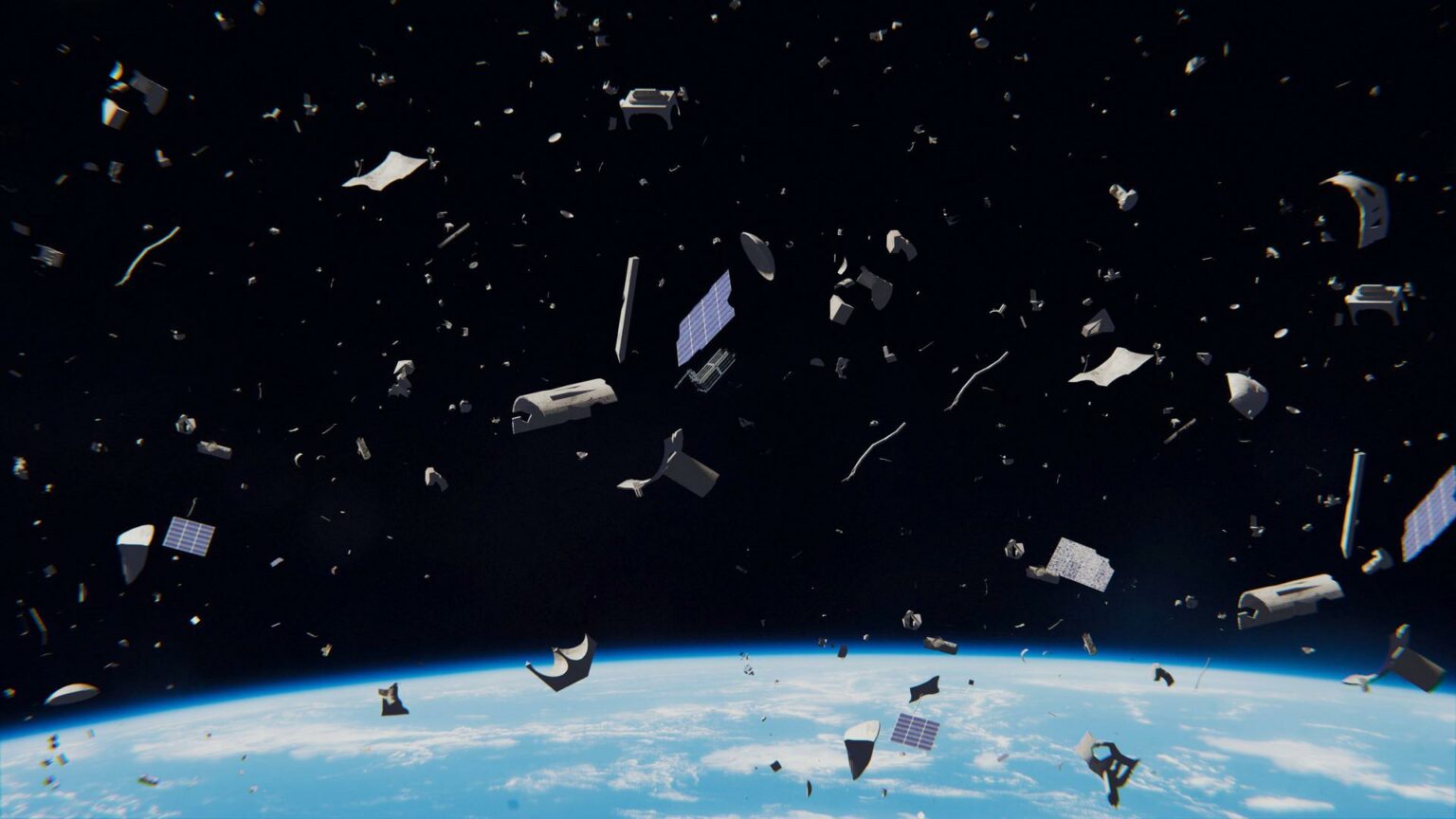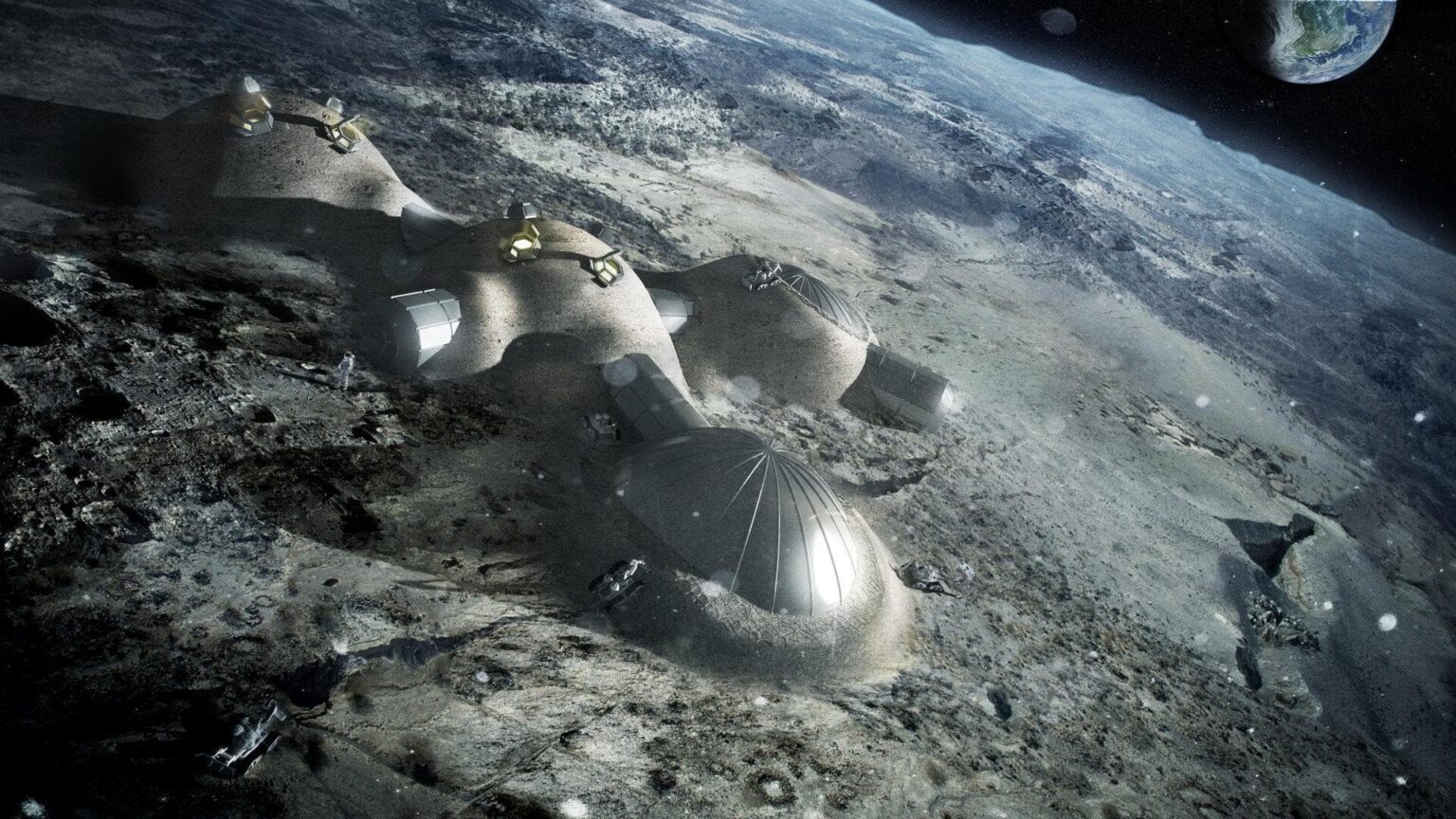Selection of the most interesting space news for the week: Chinese rover has found traces of flooding on Mars; photosynthesis is possible on planets near red dwarfs, and we are talking about how to build a settlement on an Earth moon.

“We are impossible in an impossible universe.”
― Ray Bradbury
Chinese rover finds traces of flooding on Mars
Analysis of the data collected by the Chinese Zhurong rover revealed several layers of material located under the surface of the Utopia Planitia. The first is located at a depth of 10 to 30 meters, the second is at a depth of 30 to 80 meters. According to the researchers, these are the traces of two powerful floods. The first occurred about 3 billion years ago. The small stones brought by it settled on the larger ones, which formed a deeper layer. The second layer was formed in a similar way 1.6 billion years ago.
SOFIA Stratospheric Observatory makes its last flight
NASA’s SOFIA Stratospheric Observatory made its last flight on September 28. Officially, it will remain in operation until the 30th, when the fiscal year ends in the United States, but in the last two days it no longer has flights.
SOFIA is a Boeing 747SP aircraft, on board of which a reflector telescope with a mirror diameter of 2.7 meters is installed. It is capable of monitoring for up to 10 hours at an altitude of 11500 to 13700 m. Thanks to this, it manages to conduct research that is otherwise only available for orbital observatories.
NASA Telescope recorded video of epic DART collision with asteroid Dimorphos
On the night of Tuesday, September 26-27, NASA carried out a controlled collision of its DART spacecraft with the Dimorphos asteroid. The probe was moving at a speed of more than 22.5 thousand km/h at the time of collision with an asteroid measuring 160 meters wide. The collision occurred at 02:14 a.m. GMT+3. At that moment, a bright flash appeared around the site of the space accident when DART crashed into an asteroid – ATLAS saw it.
ATLAS observations of the DART spacecraft impact at Didymos! pic.twitter.com/26IKwB9VSo
— ATLAS Project (@fallingstarIfA) September 27, 2022
The DART mission is a test of whether we can knock potentially dangerous asteroids off course if they ever threaten to destroy humanity. Now it remains for scientists to check how the collision affected the asteroid’s orbit.
Photosynthesis is possible on planets near red dwarfs
Red dwarfs have a much higher percentage of energy than the Sun radiates in the infrared region of the spectrum. Scientists have conducted an experiment with cyanobacteria and proved that it will not interfere with the development of life. The researchers created a camera with an atmosphere similar to the early Earth, and with the help of LED lamps, they created lighting, the maximum of which falls on the infrared region of the spectrum. Then they placed cyanobacteria in these conditions, very similar to a planet in the orbit of a red dwarf.
Cyanobacteria, which are the most primitive living creatures capable of photosynthesis, felt quite well in such conditions. Scientists decided to put green and red algae in the experimental chamber, but they were able to grow under the conditional light of a red dwarf.
Gemini North telescope finds remains of one of the first stars in the Universe
Thanks to the Gemini North telescope, astronomers have discovered an unusual ratio of chemical elements in the clouds surrounding the ancient quasar. According to the researchers, these are the remains of one of the first-generation stars that formed shortly after the Big Bang. Находка была сделана благодаря 8,1-метровому телескопу Gemini North. The discovery was made thanks to the 8.1- meter Gemini North telescope. We see it as it was 13.1 billion years ago, when the age of the universe was only 700 million years. During the analysis of the clouds surrounding the quasar, Gemini North found an abnormally high iron content relative to magnesium. According to scientists, it can only be explained by the consequences of the explosion of a pair-instability supernova.
Photo of the week

NASA published the first images taken by the Juno probe on September 29. On them, you can see Europa — the fourth largest moon of Jupiter, under the icy surface of which a giant ocean hides.
Interesting figure — 1122 objects

Two-thirds of the debris formed as a result of the test of anti-satellite weapons by the Russians descended from orbit in November last year. In total, the US military identified 1,783 objects associated with Cosmos 1408. At the same time, as of the end of September 1122 of them, that is, two-thirds have already descended from orbit. There are 661 left, and they will also gradually fall into the atmosphere. However, this will last for a decade and the last of them will cease to pose a danger only in 2033.
Something to read on the weekend

Soviet and American specialists began to think over various projects on the creation of lunar bases at the dawn of the space age, even before Gagarin’s flight. The very first of them had a pronounced militaristic orientation. Fortunately, the military quickly realized that placing nuclear weapons on the Moon was not quite practical, and lost interest in such ideas. For more information about unrealized programs, as well as plans for the future, read the article “A base on the Moon. How to build a settlement on the natural satellite of the Earth“.
Follow us on Twitter to get the most interesting space news in time
https://twitter.com/ust_magazine
